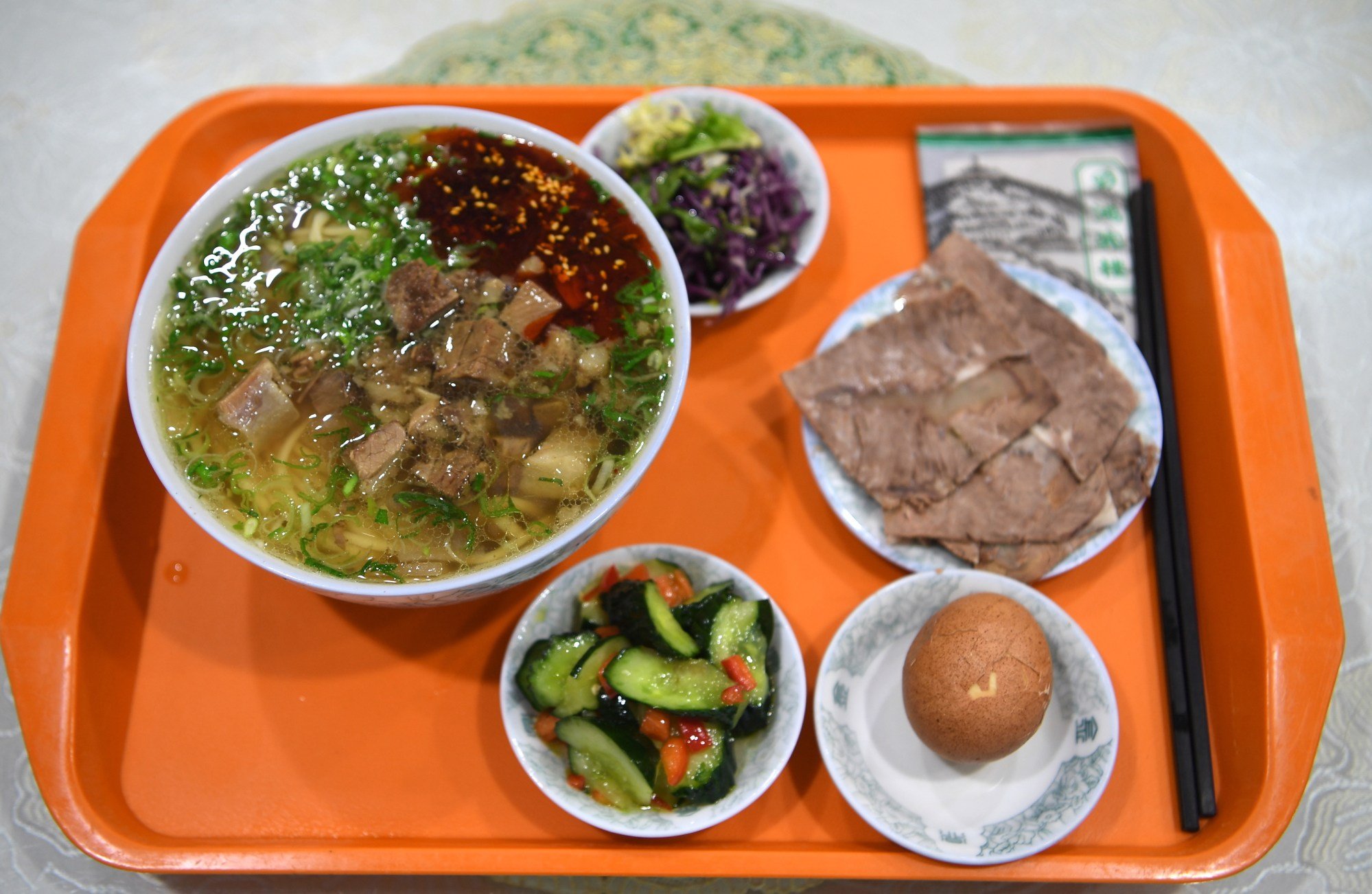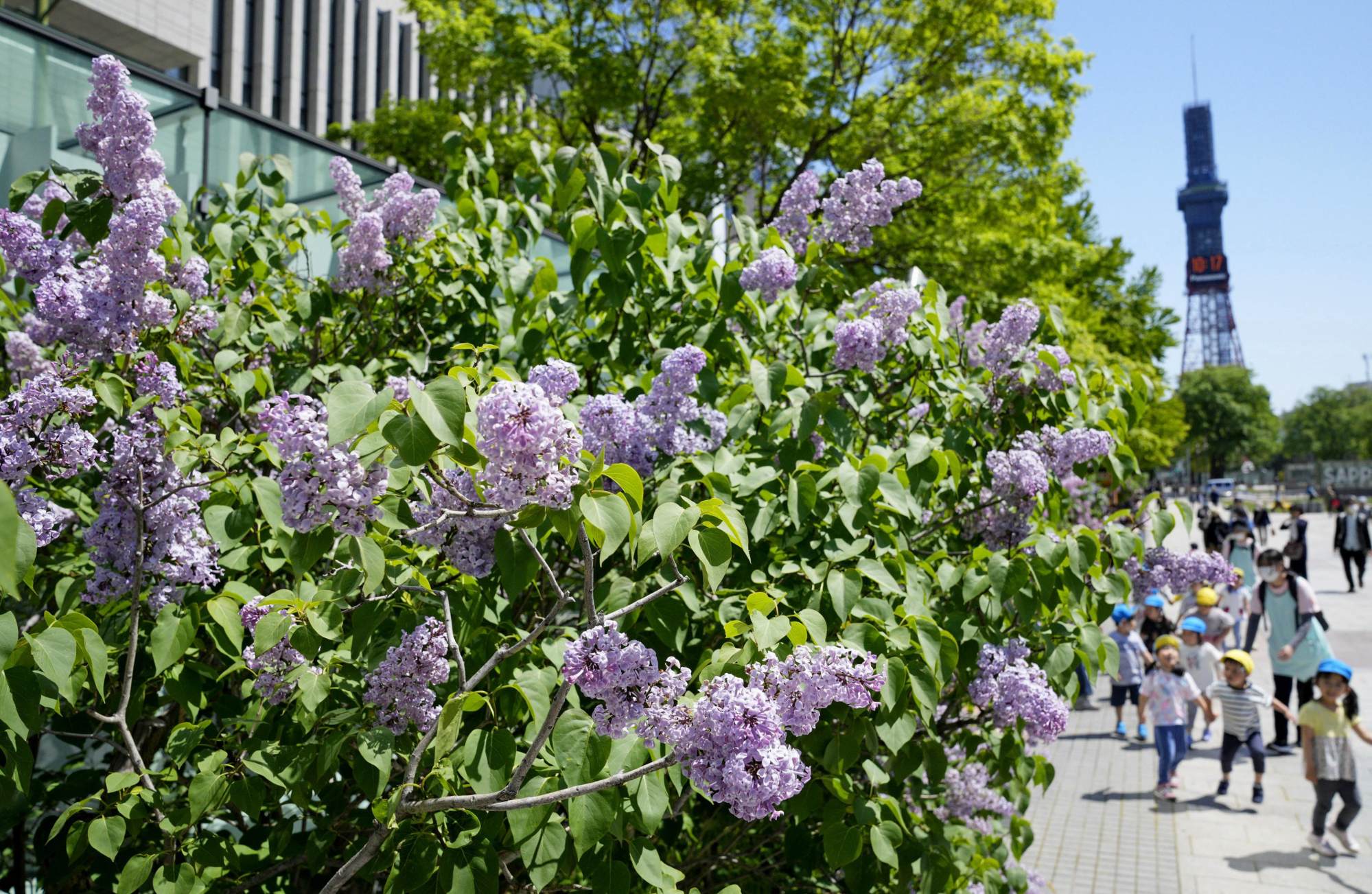Travel
China visa-free scheme for Malaysians sparks hope for more travel, business

“With the new announcement, I hope the numbers will be better,” said Adam Kamal Ahmad Kamil, general manager of Suka Travel & Tours, which manages Muslim-friendly overseas holidays with a focus on China.
“There is [growing demand], especially with the current pattern for the Muslim market. They go for packages below 5,000 ringgit [US$1,058], and China definitely fits in that category.”
Malaysians have been on a travelling spree in the last year, spending an estimated US$11.1 billion abroad in 2023, according to data compiled by the United Nations World Tourism Organisation, as they racked up record numbers at favoured destinations in Southeast Asia.
Rising interest in China travel is a recent development among Malaysia’s Malay-Muslims, who make up nearly 60 per cent of the country’s 33 million population.
Prior to China’s decision last December to allow Malaysians visa-free travel, people “were still sceptical” of China, Adam said without elaborating, adding that his firm had since handled tour groups in the “double digits” this year after seeing zero demand in 2023.
The United Nations in 2022 accused China of “crimes against humanity” over a sustained crackdown on Muslim minorities, which some rights groups have said led to at least 1 million ethnic minority Muslims detained in “re-education camps”.
Malaysia has not taken a public position on the crackdown, though there had been sporadic protests against China in capital city Kuala Lumpur, the latest being in 2019.
Adam said his clients preferred modern attractions such as Universal Studios in Beijing and Shanghai’s Disneyland, but also historical monuments such as the Great Wall and secondary cities like Zhangjiajie, where clients hoped to experience the setting of the 2009 live action film version of popular cartoon Avatar.

The only sticking point was food, he said.
“It’s not that we don’t get halal food, but they can only take so much Lanzhou noodles,” he said of the popular hand-pulled noodles made by China’s Muslim community, adding that there were broader food options in South Korea, Taiwan and Japan – currently the top picks by his clients.
Thailand’s government counted 4.4 million Malaysian visitors in 2023, the single largest group visiting the kingdom and a shade higher than the 4.3 million Malaysians that visited in 2019 before Covid-19 all but shut down cross-border travel for two years.
Malaysians were also the largest group of visitors to Indonesia last year, with 2.3 million travelling to Southeast Asia’s largest country.
Travellers from Malaysia are increasingly seeking experiences they may not find at home, such as the seasonal variety of Japan which made the East Asian nation the top pick for groups managed by Tai Poh Kim’s Hello Holidays in 2023.
“Japan very clearly has four seasons, so the weather is one of the attractions,” Tai told This Week in Asia, adding that his clients were also drawn to the spring sakura bloom season in Tokyo and Osaka, and the summer flower season in Hokkaido further north, where they could see endless fields of sunflowers and lavender.

Recent data on Malaysian arrivals to China is currently not publicly available. UN Tourism data showed around 1.4 million Malaysians visited the republic in 2019.
Last year, China saw total travel plunge by 36.7 per cent to 424 million in and out of the country, according to data released by its National Immigration Administration in January.
A December report by the China Tourism Academy showed that the country’s tourism industry was almost entirely propped up by domestic travel in 2023. Local tourists spent an estimated 5.2 trillion yuan (US$724.8 billion) in domestic travel last year, inching closer to the 5.7 trillion yuan in tourism revenue collected in 2019.
China received 477,800 foreign tourists in the first six months of 2023, tourism ministry data showed, a fraction of the more than 8.5 million foreign arrivals over the same period before the pandemic struck.

Malaysians named Japan as the top country to visit, according to a Global Travel Intentions Study published last October by card payment system operator Visa, followed by Australia, Indonesia, Thailand and Singapore.
China ranked seventh on the list, just one rung above the United Kingdom – the only non-Asia-Pacific country to make the top 10 countries ranked in the study.
But visa-free entry for Malaysians could well boost the numbers, driven by the growing accessibility to western Chinese provinces such as Chengdu and Tibet where tourists seek to experience travel and scenery along the Silk Road, according to Hello Holiday’s Tai.
“This year, China is the No 1 pick. Every month we have sent over between 10 and 15 groups,” Tai said.
“When you go to Japan, it would cost about 10,000 ringgit now [per person]. A trip to China for two people will cost around 10,000 ringgit, so it is relatively more affordable for more people.”










